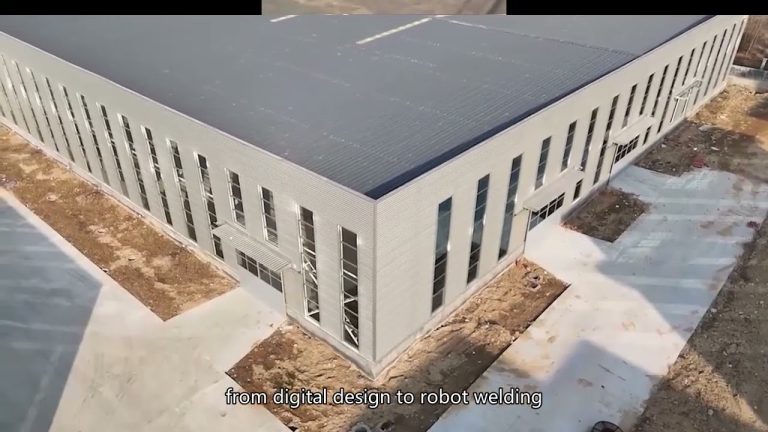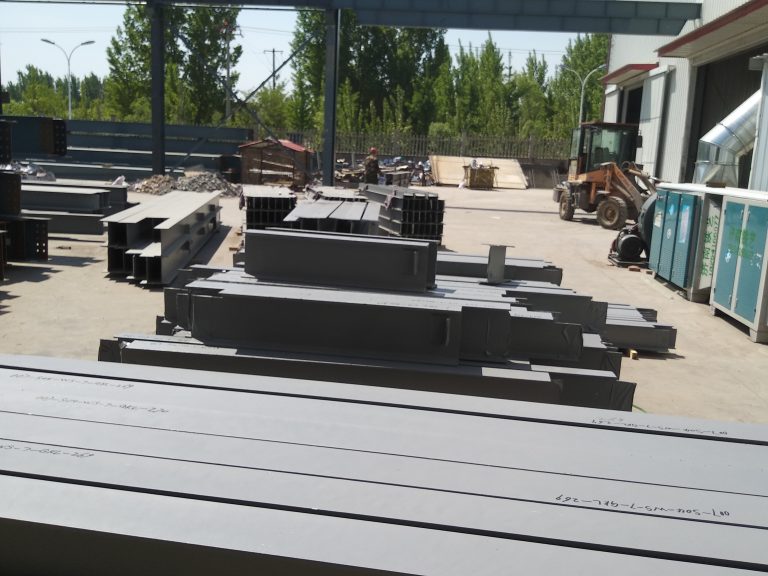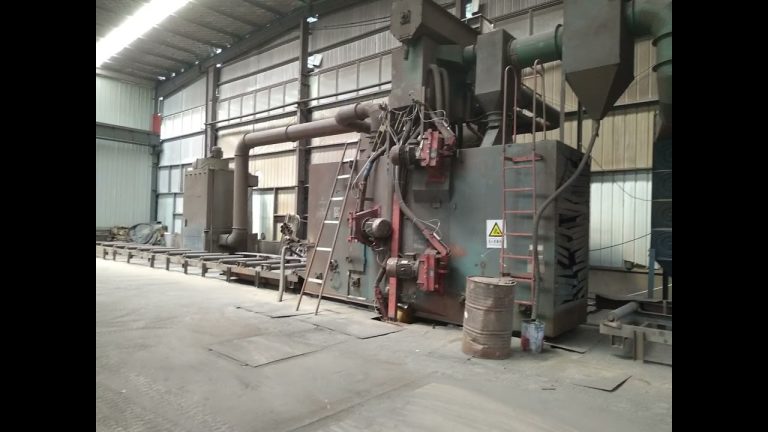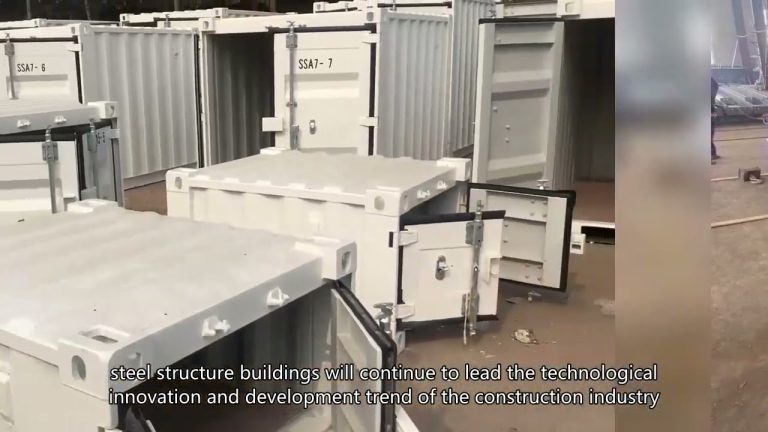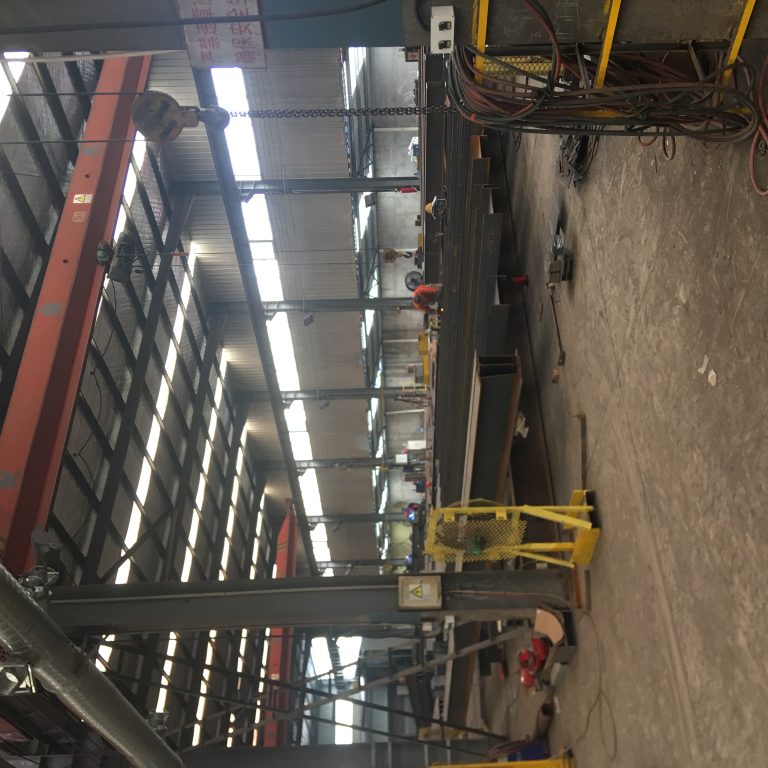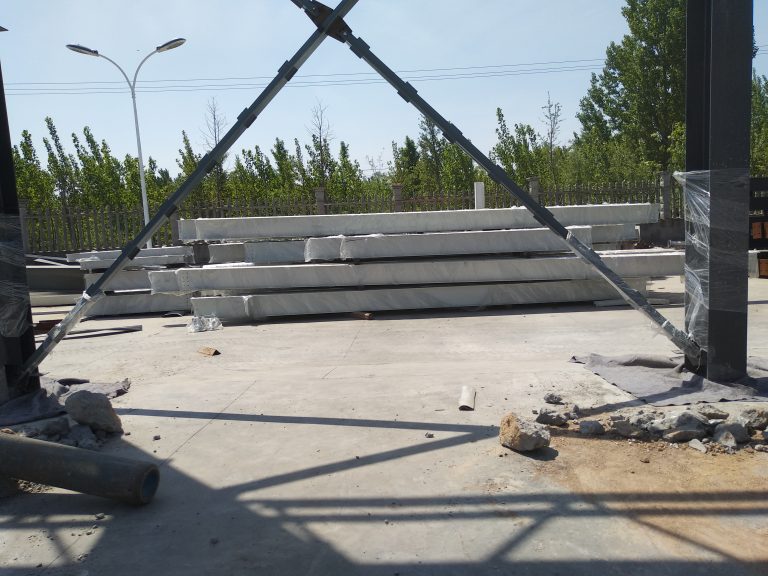Steel school: A solid framework for educational facilities.
Table of Contents
Benefits of Steel School Buildings for Long-Term Durability
Steel has long been recognized as a durable and reliable material for construction, and this reputation extends to the realm of educational facilities. Steel school buildings offer a solid framework that can withstand the test of time, providing long-term durability and stability for students and staff alike.
One of the key benefits of steel school buildings is their resistance to environmental factors. Steel is inherently resistant to pests, mold, and rot, making it an ideal choice for buildings that need to stand up to the rigors of daily use. Additionally, steel is non-combustible, providing an added layer of safety in the event of a fire. This durability ensures that steel school buildings will remain standing for years to come, providing a safe and secure environment for learning.
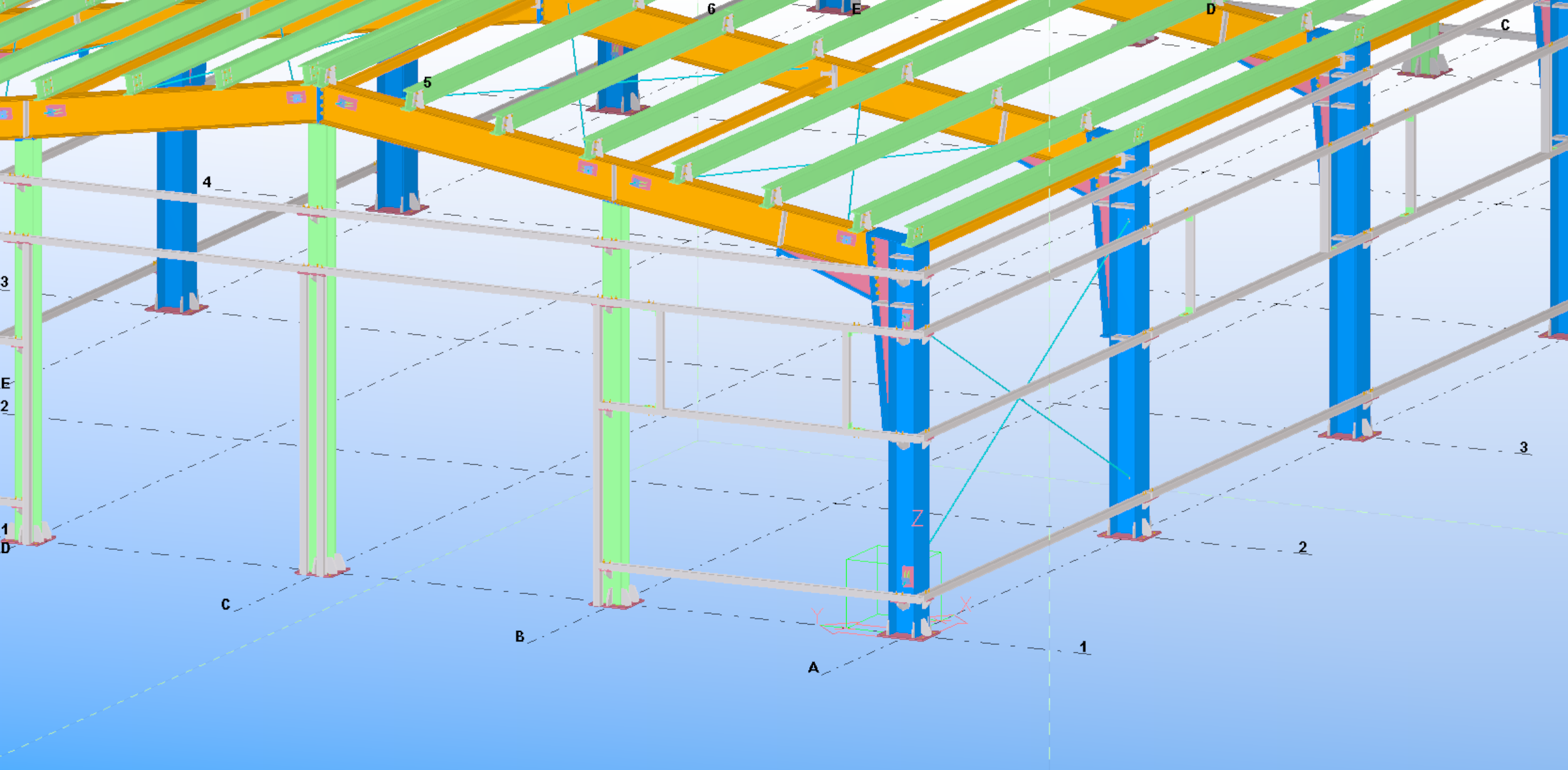
In addition to their durability, steel school buildings are also highly customizable. Steel can be easily shaped and molded to create a wide range of architectural designs, allowing for unique and innovative school buildings that reflect the values and identity of the educational institution. This flexibility in design also allows for easy expansion and modification as the needs of the school change over time.
Furthermore, steel school buildings are quick to construct, reducing the overall construction time and minimizing disruption to the school community. This efficiency in construction not only saves time and money but also allows students and staff to move into their new facilities sooner, providing a seamless transition to their new learning environment.
Another advantage of steel school buildings is their energy efficiency. Steel is a highly sustainable material, with a high recycled content and a long lifespan that reduces the need for frequent replacements. Additionally, steel can be easily insulated to improve energy efficiency, reducing heating and cooling costs and creating a more comfortable learning environment for students and staff.
Moreover, steel school buildings are low maintenance, requiring minimal upkeep over their lifespan. Steel is resistant to corrosion and deterioration, meaning that maintenance costs are significantly reduced compared to other building materials. This low maintenance requirement allows schools to allocate their resources towards educational programs and initiatives, rather than costly repairs and renovations.
In conclusion, steel school buildings offer a solid framework for educational facilities, providing long-term durability, flexibility in design, efficiency in construction, energy efficiency, and low maintenance requirements. These benefits make steel an ideal choice for schools looking to invest in a building that will stand the test of time and provide a safe and secure environment for learning. With their proven track record of reliability and sustainability, steel school buildings are a smart choice for educational institutions looking to build for the future.
Designing Steel School Buildings for Energy Efficiency and Sustainability
Steel has long been a popular choice for constructing educational facilities due to its durability, versatility, and cost-effectiveness. In recent years, there has been a growing emphasis on designing steel school buildings that are not only functional and aesthetically pleasing but also energy-efficient and sustainable. This shift towards green building practices is driven by a desire to reduce the environmental impact of educational facilities and create healthier learning environments for students and staff.
One of the key benefits of using steel in school construction is its ability to support innovative design features that enhance energy efficiency. Steel frames can be easily adapted to accommodate a variety of insulation materials, allowing for better control of indoor temperatures and reducing the need for excessive heating and cooling. Additionally, steel buildings can be designed with large windows and skylights to maximize natural light, reducing the reliance on artificial lighting and lowering energy costs.
Incorporating sustainable design elements into steel school buildings goes beyond energy efficiency. It also involves using environmentally friendly materials, minimizing waste during construction, and implementing strategies to reduce water consumption. Steel is a highly recyclable material, making it an ideal choice for green building projects. By using recycled steel in the construction of school buildings, designers can reduce the demand for new raw materials and decrease the carbon footprint of the project.
Another important aspect of designing steel school buildings for sustainability is ensuring that they are resilient to the effects of climate change. Extreme weather events, such as hurricanes, floods, and wildfires, are becoming more frequent and severe, posing a threat to the safety and well-being of students and staff. Steel structures are inherently strong and durable, making them better equipped to withstand natural disasters and protect occupants from harm.
In addition to their durability and energy efficiency, steel school buildings offer a number of other benefits that make them an attractive choice for educational facilities. Steel frames are lightweight yet incredibly strong, allowing for large open spaces and flexible floor plans that can easily be adapted to changing educational needs. This flexibility is particularly important in schools, where spaces must accommodate a wide range of activities, from classrooms and laboratories to gymnasiums and auditoriums.
Furthermore, steel buildings are quick to construct, reducing the time and disruption associated with traditional building methods. This is especially advantageous for schools that need to expand or renovate existing facilities to accommodate growing student populations. By choosing steel construction, educational institutions can minimize downtime and ensure that students have access to safe and functional learning environments as quickly as possible.
In conclusion, designing steel school buildings for energy efficiency and sustainability is a smart investment in the future of education. By incorporating green building practices into the design and construction of educational facilities, schools can reduce their environmental impact, lower operating costs, and create healthier learning environments for students and staff. Steel’s durability, versatility, and cost-effectiveness make it an ideal choice for schools looking to build solid foundations for the next generation of learners.


